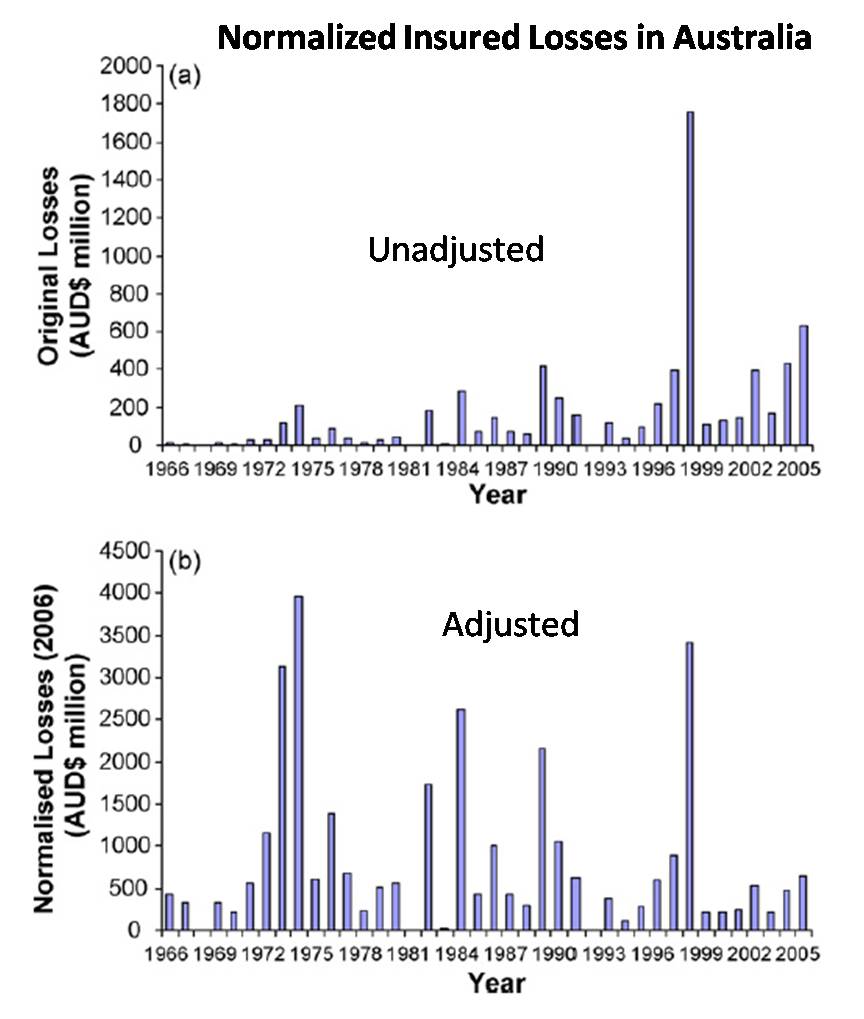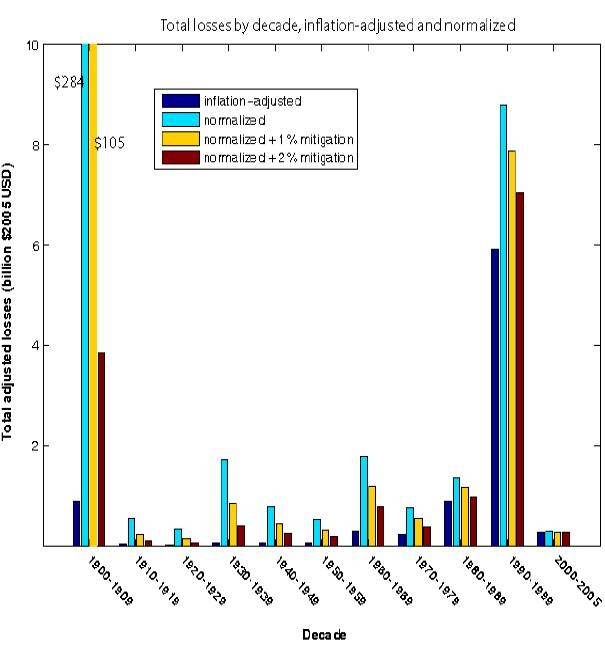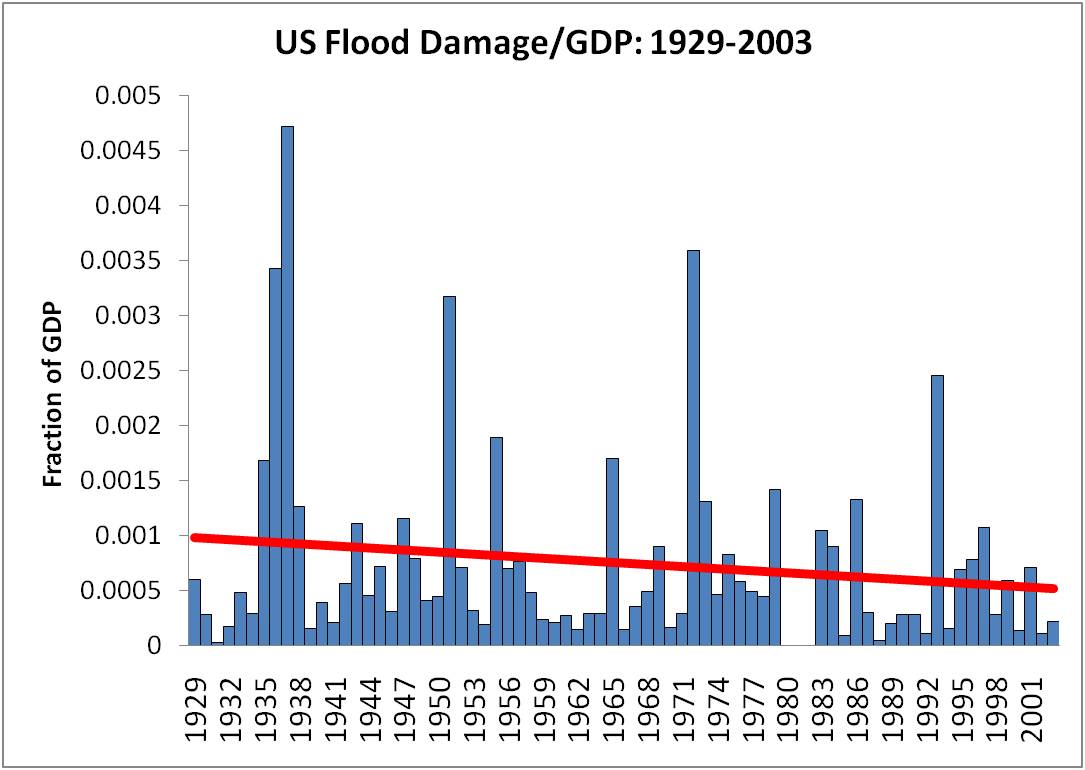Science and Technology Receive Money in Supplemental
June 29th, 2008Posted by: admin
A casualty of the budget ‘compromise’ for fiscal year 2008 (October 1, 2007-September 30, 2008), funding for science and technology agencies like the National Science Foundation, the National Institute of Standards and Technology, and the Department of Energy’s Office of Science, may get a reprieve in the supplemental funding legislation that just passed the House of Representatives.
Supplemental funding bills, at least for the last few years, have focused on the wars in Afghanistan and Iraq. This time, $161.8 billion of the bill will focus on those wars, and there will be $24.7 billion of discretionary spending, covering things like flood relief for the Midwest, and continued levee repair in that area and the Gulf Coast.
Part of the bill will cover science and technology funding, not completely making up for the cuts to the FY 2008 requested totals these agencies suffered in this year’s failure to pass the federal budget on time. Per ASTRA, a science advocacy organization focused on the physical sciences, the totals in this bill for science are approximately $400 million (first item as of this writing). AAAS places the total figure at $338 million (probably due to differences in what the groups count in their research and development funding totals).
However, what was once abnormal, irregular budgetary practice has become the norm. I would not expect the FY 2009 budget to be passed by the beginning of that fiscal year, and the budget may not be approved until after the election.
Frustrated? Disappointed? Contact your Senators and Representatives and complain. Then do it again in a few weeks.


